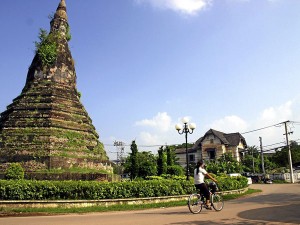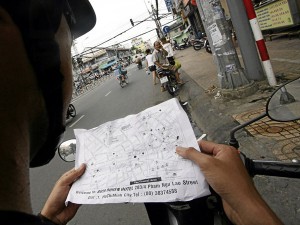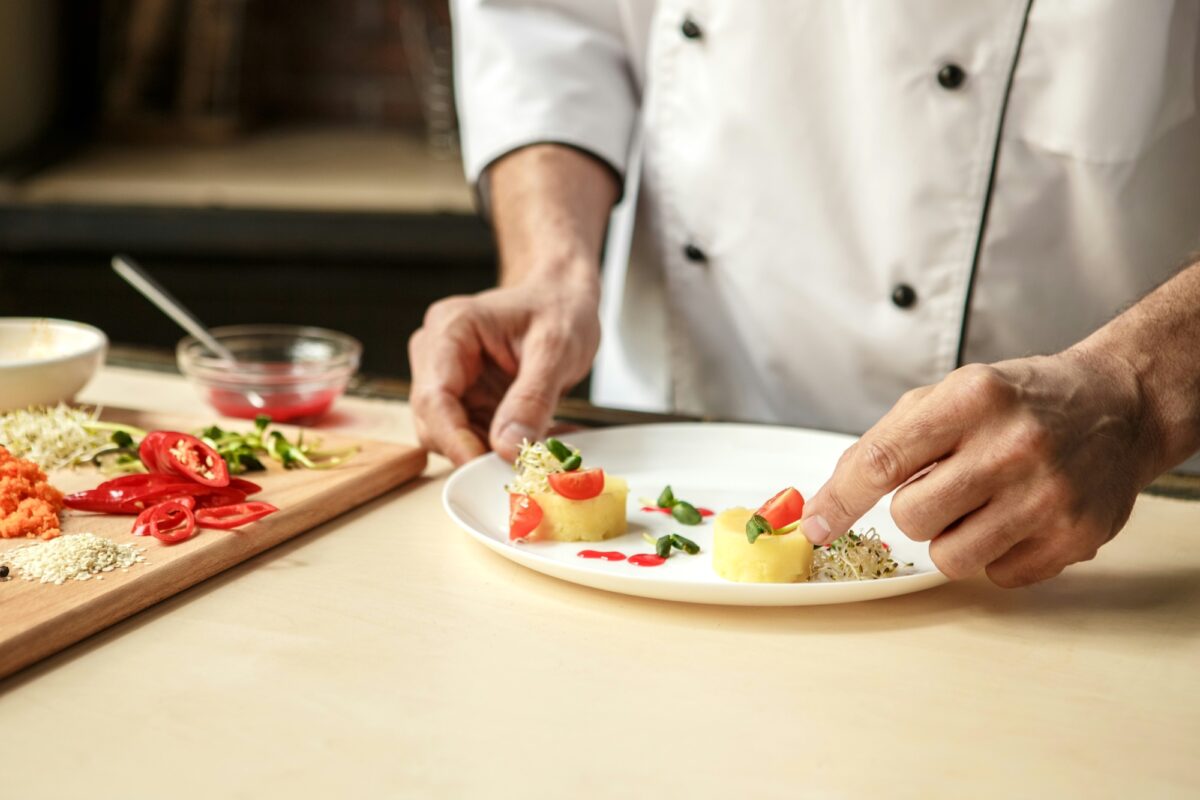
10 ways to conquer the world on a shoestring budget
If you’re the type of tourist who has money to burn, a vacation probably means luxury hotels, the best buffets, air-conditioned cab rides and shopping sprees. However, for most of us living from paycheck to paycheck, the operative word is budget travel.
So how do you see more of the world while spending less? Here are some budget travel tips courtesy of backpackers from the Pinoy Travel Bloggers (PTB) community on just how to do that.
1) Do your research.
Kaiz Belga (www.missbackpacker.info) says proper planning is vital to saving money and time in the long run. “Before your scheduled travel, ask friends and relatives if they happened to save any contact numbers of people who might be able to help you out on your trip [for lodges, boat rentals, tour guides, etc.].”
Gael (www.thepinaysolobackpacker.com) says part of the research is also taking into account the cultural, dress taboos and laws of a foreign country, so as not to be caught off-guard. She says the first order of business is to get a map to your destination. “It could save you money if you know how far your next destination is from where you are. It may just be on the other side of the street, so you can just walk over.”
2) Take advantage of seat sales.

Flip Nomad (www.flipnomad.com) says the bulk of his travel expenses go to airfare and transport, especially if he moves around every few days. “The easiest trick is to book your flights whenever there’s a seat sale,” says Flip.
In case you can’t avail of a promo rate for roundtrip booking, Kaiz Belga suggests buying first a one-way ticket and then waiting for another promo in case. This way, she was able to book tickets for only P236 to Coron, Palawan, while the rest of her officemates spent more than P2,000 on airfare.
If you want to snag those seats, sign up to receive real-time email alerts from budget airlines or become a fan on Facebook. Having all your details (passport number, credit card, etc.) ready to cut and paste into the online form can ensure quick booking.
3) Ask the locals
Upon reaching your destination, it’s always best to ask the locals for advice. “Saving money begins at the airport of your destination. Instead of taking the taxi or van to downtown, I usually ask locals if there is public transportation available. Or maybe just walk outside the airport and find a jeepney or tricycle going downtown,” shares James Betia (www.journeyingjames.com).
Instead of getting a cab from the Silay-Bacolod airport to the city center during one trip, which would have cost P250-300, James learned from the locals that he could ride a tricycle to Silay first (P10) then take the jeepney from Silay to Bacolod (P12). From P250 down to P22, who wouldn’t like that?

“Talking to the locals will give you more information on places to see, things to do and cheap places to stay in than you can gather online,” adds Marky Ramone Go (www.nomadicexperiences.com).
4) Opt for cheap rooms or couchsurf.
Most hotels in the country charge P1,000-P5,000 a night depending on room size, location and amenities. For a place that most people just use as a bag locker, accommodations can eat up a lot of money during travel.
Marky Ramone Go adds that since travelers would be spending much of their time exploring, a decent enough room perfect for sleeping would do.
It also helps to sign up for Couchsurfing, a volunteer-based community where travelers can stay in locals’ houses for free. “I was able to find a couchsurfer host in Bacolod during the Masskara festival and in Iloilo during the Dinagyang festival. It saved me money for accommodations, plus I gained new friends, like my host and a couple of other Couchsurfer guests on both occasions,” Marky adds.
Though I haven’t tried Couchsurfing yet, you can also save by staying at friends’ places or university dorms and guesthouses when visiting Philippine provinces.
5) Travel at night
Gael points out that traveling at night or killing time at the airport means one less hotel night to spend on.
“I go for night buses or night trains—it serves as my bed for the night,” says Gael. “Usually, if I arrive late at night in a foreign city, I just sleep at the airport,” she says, adding that she opts for free shuttles or public vans or buses to the city center in the morning to find a hostel in the backpackers’ district. “I get to save on cab fare, plus I get a free room for one night.”
6) Try to get the local rates.
Because she’s able to save on accommodations, Gael says she has more money to spend on entrance fees to parks or temples or “touristy destination” packages, which she is not willing to give up just because she’s on a budget. For solo travelers, a tour package is sometimes the cheapest way to explore.
However, Gay Mitra-Emami (www.pinaytraveljunkie.com) points out that admission fees can add up since tourists/foreigners are charged a much higher rate than locals. Some budget travelers have a way around this. “I saved about $10 by not paying a ‘foreigner ticket’ to get inside Indonesia’s Borobudur Temple. My Indonesian Couchsurfing host helped me buy the ticket and we pretended I was a local,” she shares.
7) Rent a ride, use public transport or hitchhike.
RV Escatron (www.livinginabackpack. blogspot.com) recommends renting a bicycle or motorcycle, a tip I personally subscribe to as a cheaper way to get around.
“Whenever I can, I rent a motorcycle wherever I go. I tried this in Chiang Mai and in Siquijor. For an average of P500 per day, excluding fuel, I can explore places at my own pace,” shares RV. He cites how some hostels he’s stayed in offer complimentary use of bicycles or very minimal rental fees.
For expensive cities like Singapore, RV suggests making use of their efficient public transportation system instead of shelling out money on expensive cab fares. “I purchased a tourist pass for unlimited rides on the MRT and buses and explored the city-state in air-conditioned comfort at minimum cost.”
When visiting the countryside, opt for tricycles, jeeps and buses. And while it might not be for everybody, backpackers are also known to hitchhike to get around, especially when they’re strapped for cash.
“On the last day of my Western Visayas backpacking trip last year, when I looked into my pocket, I didn’t have enough money to get back home. I decided to hitchhike from Roxas, Mindoro to Batangas City on a 10-wheeler truck full of cows and goats. I waited for 12 hours at the Roxas pier before someone allowed me to hitchhike,” shares James Betia.
Meanwhile, Gael has another trick for island-hopping: “I hitch a ride with fishermen when going on a trip to far flung-islands rather than rent an entire boat.”
8) Eat local food and stick to water.
Food is another necessary expense on the road that can add up if you’re not careful.
“I spend less on touristy spots. Instead, I go to where the locals go, eat where the locals eat. Sometimes, I skip meals especially in airports where food prices can be hefty and just munch on dependable Skyflakes crackers and energy bars. I also bring with me a water bottle that I can refill in water stations everywhere. That’s a lot of savings on bottled water,” shares RV.
Another technique is to just stick to water and cut back on other drinks like shakes, juice, and soda or beer, according to some. “I stopped drinking alcoholic beverages since it usually eats up my budget,” shares Flip Nomad.
9) Skip the souvenirs.
Another way to save money is to stop buying souvenirs for all your friends. Really, do all your office mates need another shirt of a place they’ve never been to? This also helps backpackers travel light.
“I usually buy one or two small souvenir items per destination if we’re on a big trip covering many provinces or countries. They’re just cumbersome to lug around, and I don’t want to buy knick-knacks that I wouldn’t really need,” says Gay Mitra-Emami.
10) Travel in a group.
Last but not least, splitting costs with travel buddies or traveling in a group can be the most economic way to lower overhead costs.
If you’re traveling alone, find fellow travelers to split taxi fares, transportation costs or share a hostel room with. Flip Nomad recommends splitting room costs with another person. “For longer stays, you can rent an apartment or get monthly rates or huge discounts on hostels,” he suggests. “I only spent P1,500 for accommodations for a whole month in Bgy. Corong Corong in El Nido, Palawan by renting a room in a local’s house for P3,000 and splitting it with a friend.”
“Traveling with your friends is a lot more fun than doing a solo trip, and would cost you less,” shares Kaiz Belga, who adds that mountaineering is one of the best forms of budget travel. “If, according to your accounting, a 4D/3N trip in Bacolod would cost P7,000, try inviting your friends and you’d be surprised at how your P7,000 can end up as P3,000 expenses and P4,000 pocket money.”
So don’t let a tight budget get in the way of your travel plans. If you plan well, you too can conquer the world on a shoestring budget! •
For more travel tips, visit the author’s personal blog Travel Up at www.travelingup.wordpress.com












































